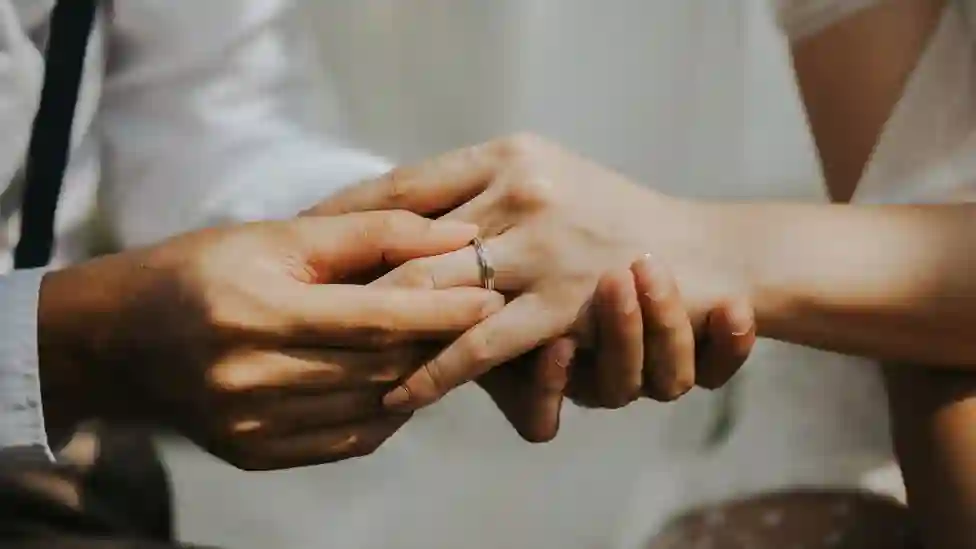The institution of marriage has existed for millennia and across civilizations. Strong, stable families provide the foundation for society.
Anthropologists estimate that the first recorded evidence of marriage dates back to about 4,350 years ago. Prior to that, most anthropologists believe that families consisted of loosely organized groups with few male leaders, multiple women shared by them, and children.
Origins
The earliest records of marriage show that it was both a civil and a religious institution. It obligated spouses to live together for the purpose of preventing promiscuous intercourse and promoting domestic felicity, as well as securing the care and education of children.
The more complex a species, the longer it takes for its offspring to reach maturity, which places greater parental duties on parents and makes them especially keen on marrying in order to ensure the survival of their progeny. Marriage also confers legitimacy on offspring in the eyes of a community, and sets forth the permissible social relations that may be enjoyed by its members.
Benedictine monk Gratian established the legal concept of consent in marriage in 1140 with his canon law textbook, Decretum Gratiani. This change allowed women to have more leverage in what was formerly a strictly pragmatic transaction.
Functions
When marriage first developed, love had little to do with it. Instead, most ancient societies viewed marriages as strategic alliances or ways to perpetuate their bloodlines.
In addition to the socially-sanctioned nature of marriage, many cultures have incorporated substantial economic considerations into the institution (Frayser 1985). For example, societies that have elaborate ceremonies are likely to have significant transactions accompanying marriage, such as bride price or bride service.
These transactional elements are often linked to greater social involvement in the marriage, which could be why such societies are more likely to encourage the institution. However, even when society does not encourage the institution, it may still impose its own regulations. For instance, in England and Wales, the state began recording and overseeing marriages around 1836, requiring couples to register their marriage at a registry office.
Regulations
Over the years marriage has evolved in many different ways. It has changed to meet changing needs and expectations. For example, in the past marriage was a way to increase family wealth and status by having male heirs. Today, however, marriage is more about love and commitment between equals.
The church has played an important role in the institution of marriage throughout history. In the early modern period, it was necessary to have a church-approved marriage for it to be recognized as a legal one.
The church was also involved in the development of the wedding vows we use today. In the 1500s, Thomas Cranmer of England wrote down a lot of what we think of as traditional wedding vows in his Book of Common Prayer.
Practices
For most of human history, marriage was a pact between families and not a civil or religious event. It was an agreement to work together and raise children. These couples had no concept of property and often lived a hunter-gatherer existence.
The practice of marrying varies across cultures, but most have some form of ceremonial process. This can range from elaborate to no ceremony at all. Some cultures require a bride price and others do not.
The Supreme Court has established that states may reasonably regulate the institution of marriage. But What Is Marriage? makes the case that redefining marriage is unnecessary, unreasonable and detrimental to society. This book is the most powerful argument in defense of traditional marriage ever written. It is a must read for anyone interested in the future of marriage.
Misconceptions
Many people believe that marriage is a sacred event and that it should only be between two men or women. In reality, this belief is not true. It became a popular idea when church and government got involved in the marriage process.
In the past, marriage was considered to be a religious ritual or sacrament. This changed with the Reformation, as Catholics and Protestants began to disagree on how marriage should be conducted.
It wasn’t until the Victorian era that people started to think that marriage should be based on love. But even then, women still had to take their husbands’ name and didn’t have the right to vote or access credit cards. It wasn’t until the last 50 years that equality was recognised in marriage.

